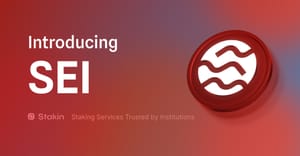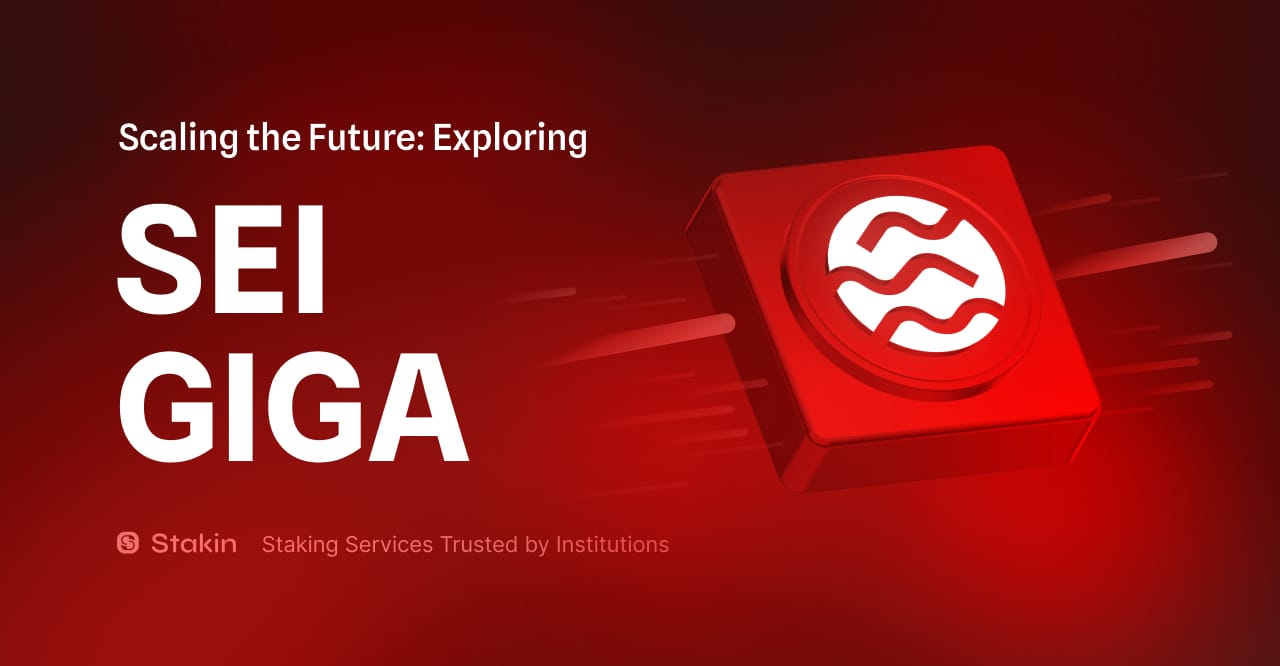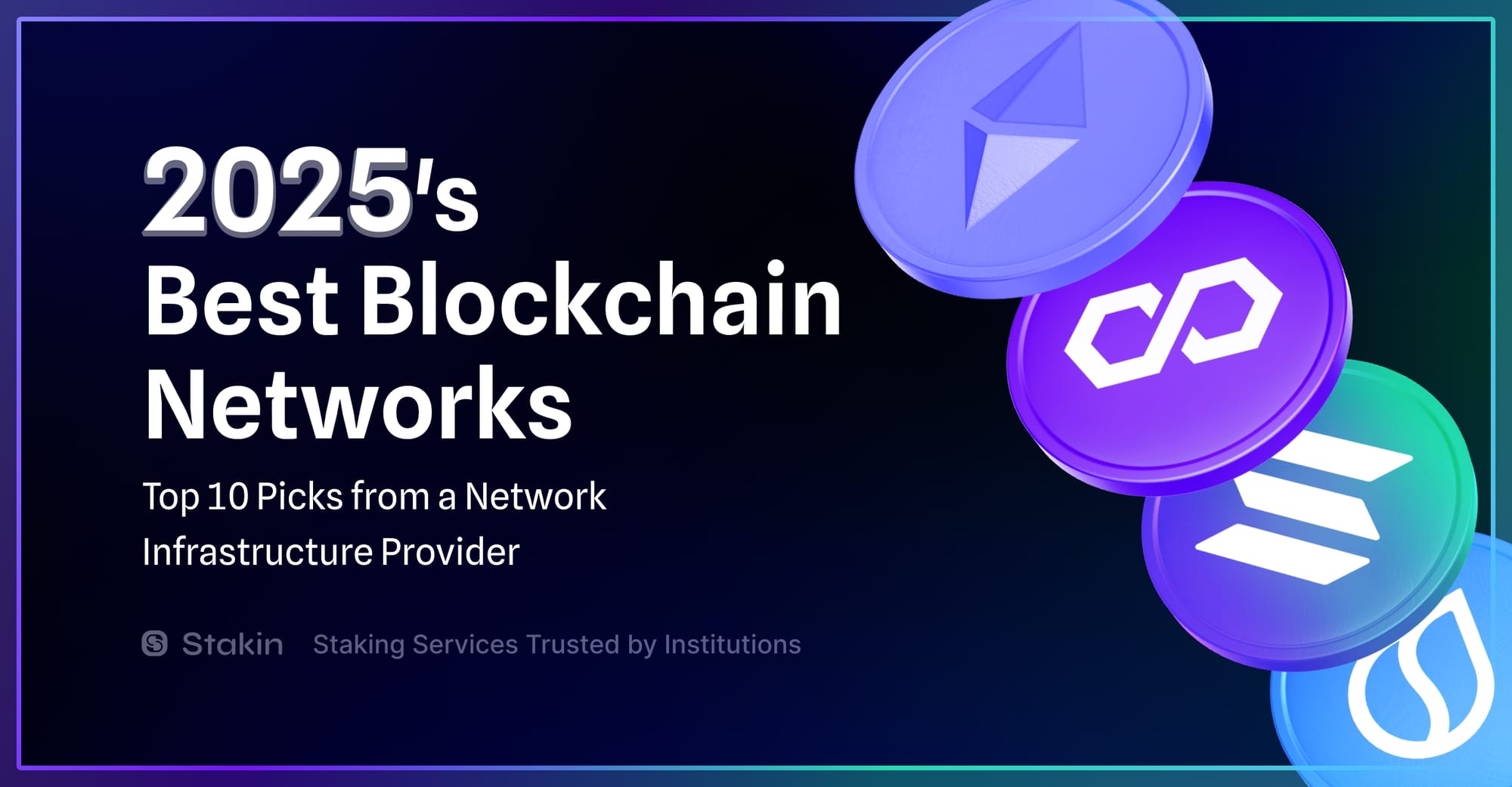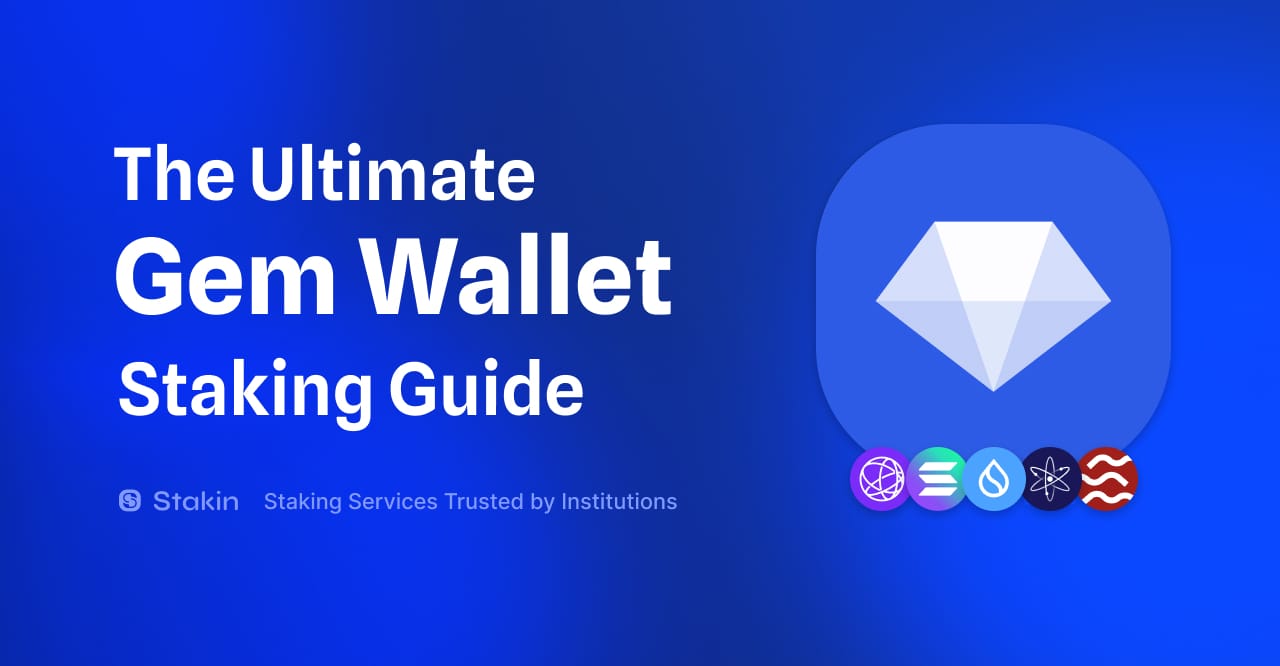SEI is the first Layer-1 blockchain network that has optimized its stack and features to ensure that it is the most adapted for decentralized trading, DEXs and DeFi. Decentralized exchanges (DEXes) are blockchain-based exchanges where transactions occur directly between users, eliminating the need for intermediaries. DEXes provide greater security and privacy, as users have complete control over their funds, and transactions are recorded on a public blockchain. Generally, they use an automated market maker (AMM) system to determine token prices based on supply and demand, allowing for continuous trading and liquidity.
DEXes are usually permissionless, meaning anyone with an internet connection can participate. Therefore, DEXes allow for greater accessibility and inclusivity in the crypto market. They don’t require users to go through a rigorous KYC (Know Your Customer) process, which some centralized exchanges require. While this may raise concerns about the potential for illegal activities, it also provides the anonymity and privacy that many users value. Overall, DEXes offer a more transparent and democratic alternative to centralized exchanges, providing users with greater control and privacy while allowing for continuous trading and liquidity. DEXes will likely play an increasingly important role in facilitating decentralized finance (DeFi) and blockchain-based transactions as the crypto market grows and evolves.
In Sei’s words: “Decentralized exchanges (DEXes) are the killer app of crypto”. Interestingly, while a heavily used solution within the blockchain ecosystem, DEXes are highly underserved. The platforms call for a unique level of requirements in terms of scalability, reliability, and speed that no other DApps need (at this time). If a large DEX goes offline, even for a few minutes, it can be catastrophic. The same downtime, however, for a game-focused DApp can be much more tolerable. That brings us to Sei Network, the Cosmos-based Layer-1 blockchain especially built for the trading sector, with every aspect of the blockchain optimized to help exchanges run better and offer the best UX for their end users. The blockchain’s optimizations can be divided into five categories:
- A native order-matching engine that drives scalability for order book DEXes built on Sei.
- Finality optimization; Sei aims to achieve the fastest chain to finality at ~600ms.
- Twin-turbo consensus aims to improve latency and throughput.
- Frontrunning protection which combats malicious frontrunning.
- Market-based parallelization, specialized parallelization created for Decentralized Finance.
The Sei network is built on Cosmos because it offers significant advantages, including customizability and modularity. With the ability to customize the entire end-to-end blockchain flow, Sei can design unique orderbook apps by aggregating orders at the end of each block. This level of flexibility enables Sei to create tailored solutions that meet the specific needs of its users. Additionally, the Cosmos SDK allows for the seamless integration of consensus and application layers, allowing teams to work together more effectively.
Moreover, the modularity of the Cosmos SDK is particularly beneficial, as it allows for the updating or replacement of any individual layer of the stack. This means that Sei can change specific layers of its blockchain architecture without overhauling the entire system. This modular design also promotes interoperability between different blockchain projects, making it easier for Sei to integrate with other networks and applications. Overall, by leveraging the customizability and modularity of Cosmos, Sei can create a more adaptable and scalable blockchain solution.
Partnerships and Recent Developments
Sei Network has been making significant progress in recent months with several exciting developments in the pipeline. In their latest blog post, they announced they are partnering with Stafi Protocol, a decentralized staking platform, to provide seamless liquidity solutions for users. This partnership will allow Sei to offer staking rewards for their native token, SEI, and provide liquidity to Sei's users.
Sei has also announced a new partnership with Kyve, a decentralized data storage and streaming platform. This partnership will allow Sei to leverage Kyve's data feed and storage solutions to enhance its blockchain infrastructure. With Kyve's technology, Sei can securely and efficiently store and retrieve large amounts of data on its network, which is crucial for applications such as DeFi and NFTs. The partnership will also allow for greater scalability and interoperability between blockchain networks. Overall, the collaboration between Sei and Kyve represents a significant step forward in developing decentralized infrastructure for the future of finance and technology.
Sei is also preparing to launch its Mainnet 1.0, which is currently in the final testing phase. This will mark a significant milestone in developing the Sei Network, enabling it to provide decentralized finance (DeFi) solutions to users on a global scale. In addition, the Sei team is working on integrating several new features, including smart contracts and cross-chain capabilities, which will further enhance the functionality of the network.
Furthermore, Sei has recently completed a private funding round, which was oversubscribed by 300%. With these developments and partnerships, Sei Network is positioning itself as a leading player in the rapidly evolving DeFi landscape.
Stakin and Sei Network
Stakin has a long history of providing high-quality, transparent infrastructure for Cosmos and Cosmos-based blockchains, including Sei. In addition, Stakin provides public RPC nodes and IBC Relayers connecting the IBC ecosystem of networks. Stakin is committed to advancing blockchain technology and driving the growth of the DeFi space. As a result, we are thrilled to support the Sei ecosystem and contribute to the continued evolution of the blockchain ecosystem.
DISCLAIMER: This is not financial advice. Staking, delegation, and cryptocurrencies involve a high degree of risk, and there is always the possibility of loss, including the failure of all staked digital assets. Additionally, delegators are at risk of slashing in case of security or liveness faults on some protocols. We advise you to do your due diligence before choosing a validator.



